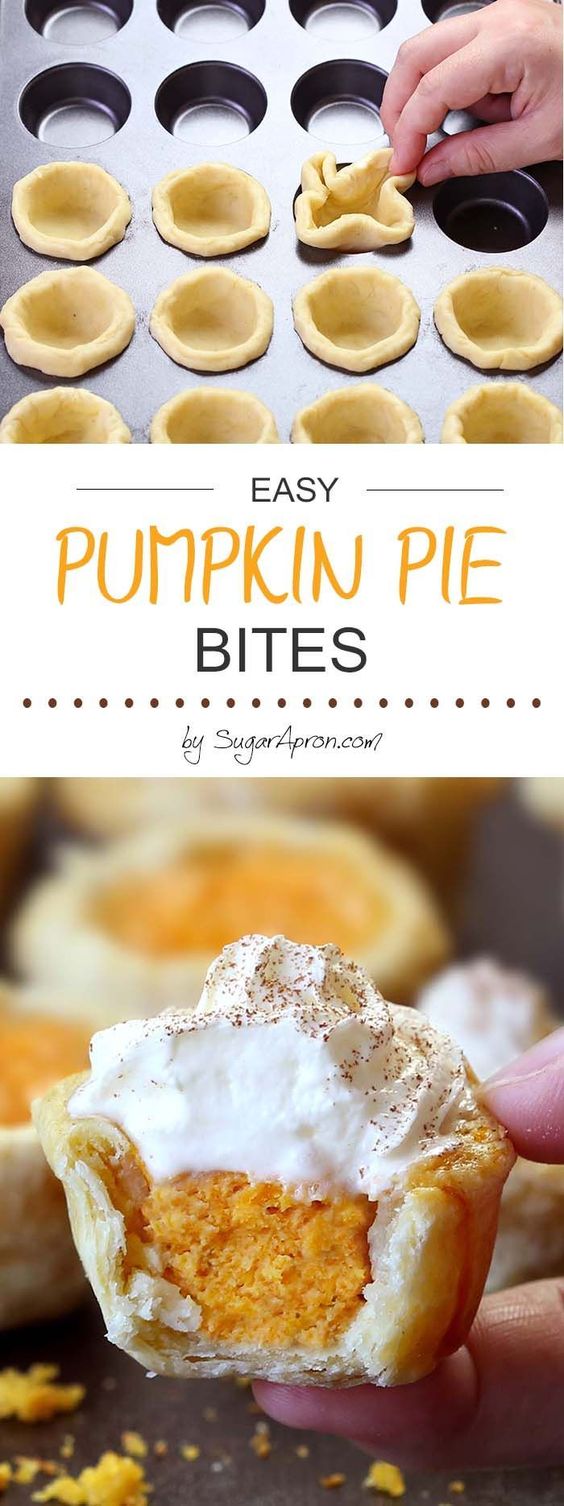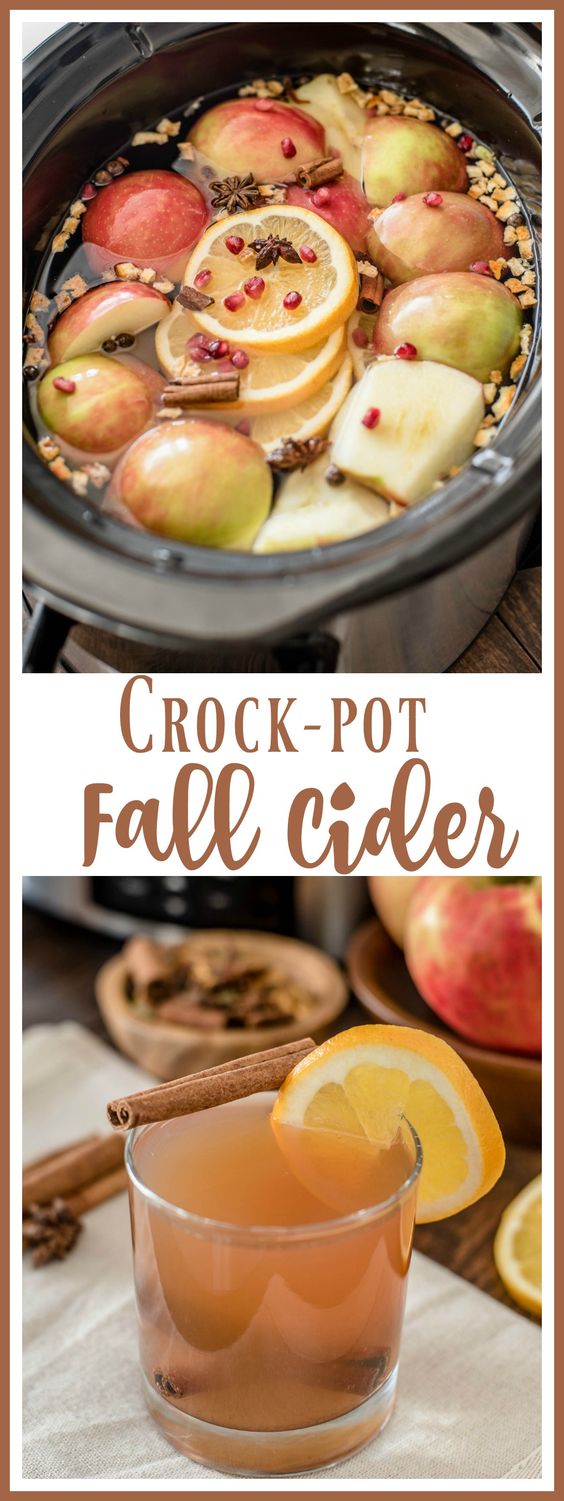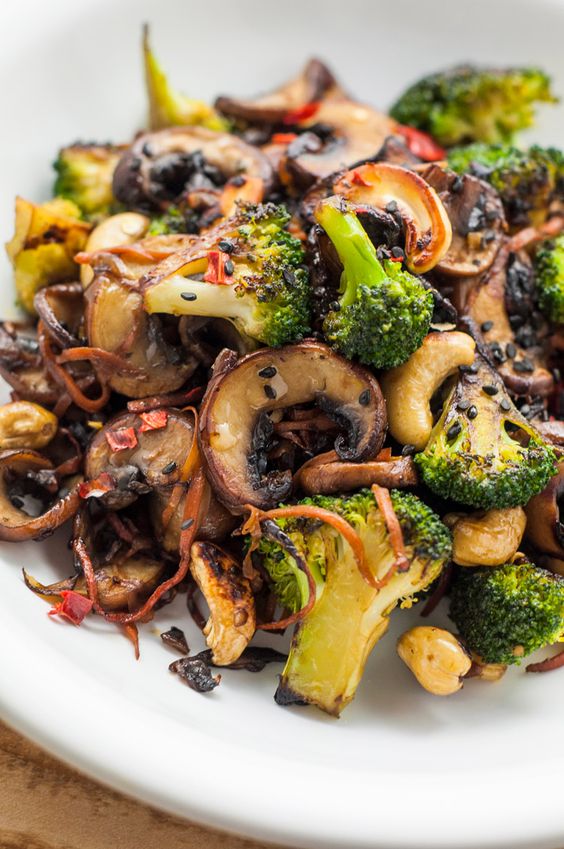A little over a week ago, Jennifer Lopez waked the Versace runway. As a woman of color over the age of 40, this is a huge deal. Modeling is notoriously a young, white person’s game, so it’s a big deal when people outside these constructs participates in collection presentations.
In recent years, many major designers have started to emphasize diversity in their shows. Countless designers of color make a point to include women from their communities and mainstream (read: white) collections add pops of diversity to show they are accepting and an ally to underrepresented communities. Over the past few seasons, the fashion industry has decided to make age a priority as well.
Usually, designers pick models based on their age or skin tone. They pick young African American models or white-presenting women with botox in their forties. The combination of these two identity groups only recently started to gain traction in the modeling world.
Models of color continue to have to fit the white ideal of beauty, even though many women of color aren’t shaped like white women. Even in the age of the Kardashians, when junk in the trunk is romanticized, this build is seen as beautiful on white women and women of color continue to struggle to be seen. Designers often say they want black and Hispanic models, but they only use a few models of color in their shows. (Note: nothing is said about Asian woman because it remains incredibly challenging for these ladies to break into the modeling industry.)
The same is true for older women. Predominantly white actresses and musicians get the chance to strut their stuff on the runway because they have named recognition and look young. Very few women without plastic surgery or tight model bods are represented in these shows. Even the “older” women in Target’s inclusive line appear to be in the late forties with the same unattainable build and tight skin as models in their twenties–the only major difference between the older and younger women is the mature women have grey hair.
Although some news outlets will praise Versace for including Lopez in their collection because she is a Hispanic woman over the age of 45, she’s also a major celebrity. Her star power is one of the most important reasons why she was included in this show. People know her name and the story behind the original green dress. Versace wanted to highlight the relationship between the dress she wore in the early 2000s and the one she wore in mid-September; not the fact that Lopez was an older woman of color. The dresses show a continuation of themes and style in the Versace collections.
Versace wasn’t making a statement with Lopez much like how Victoria’s Secret wasn’t trying to prove something by including Gisele Bundchen season after season. These women have a certain status in fashion and beauty because they have, among other things, an establish identity which helps elevate collections.
Although many white women say they’re unhappy with the state of the modeling industry, we tend to accept these flaws because they don’t affect us the same way they affect women of color. Women over the age of 35 are often hard to cast, so we complain, but we don’t do much about it. Many women of color, like the superheroes they are, speak up about the inequalities in the fashion and beauty industries because they are more likely to be misidentified.









